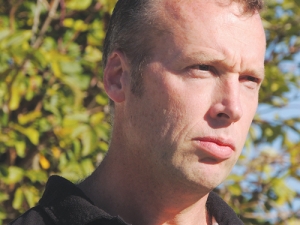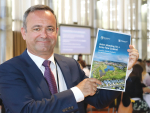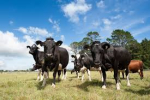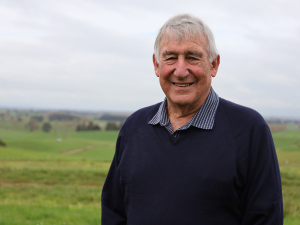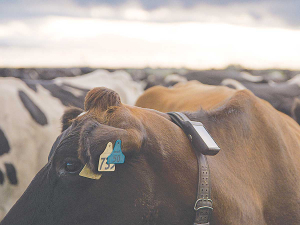A wave of environmental regulation is building nationwide, so be aware of what’s coming in your region and heed developments elsewhere, a Canterbury field day heard earlier this month.
Speaking at a Lincoln University Dairy Farm focus day, Dairy NZ regional policy manager James Ryan said elements of what’s unfolding in Canterbury’s Selwyn-Waihora catchment, where LUDF sits, could be “picked up and applied” in other parts of Canterbury and further afield.
There, the regulatory wave is already rolling up the beach in several catchment zones with variations to Canterbury’s Land and Water Regional Plan (LWRP) in the consultation phase of the Resource Management Act (RMA) process.
But while the legislation will require changes in the way farms are run, Ryan and his colleagues are recommending tweaks rather than radical reform at this stage. “We wouldn’t encourage you to make systems changes at this point to meet the new regulations… Our advice is to carry on doing the good stuff you’re already doing.”
Ryan urged farmers to “familiarise” themselves with their farm nutrient budgets and to know the nitrate loss figures for their farm(s). “But don’t fixate on it.”
LUDF is in Selwyn-Waihora catchment where any farm with over 15kg/ha nitrogen loss will need to apply for resource consent by 2017. The application will need to include a farm environmental plan which is “part of demonstrating good management practice,” he said.
For those with n-loss figures below 15kgN/ha/year, in general, they may change systems without consent provided they stay below that threshold loss figure and demonstrate good management practice.
Exactly what Environment Canterbury means by good management practice will be revealed later this month at two updates on the Matrix of Good Management (MGM) project.
Ryan said MGM will define the nitrogen and phosphorus losses particular farm enterprises are expected to meet. “There’s still some discussion of these numbers but we expect them to be out in a month or two,” he told the LUDF focus day.
And while there’s still some “healthy discussion” about how the MGM numbers should be used for regulation, the MGM would help “everybody compare apples with apples”.
In Selwyn-Waihora the “crunch” time for dairy farmers would be 2022 by which time they’re expected to have reduced nitrogen losses 30-35% on milking platforms and 22% on dairy support land. However, in the focus day handout it said “further time may be granted” if required reductions couldn’t be met by 2022.
Ryan noted an area that’s “still quite unclear” is what’s meant by “economically feasible” in developing good management practice.
Environment Canterbury’s Leo Fietje, who was among the focus day crowd, said it’s what’s technically achievable but still economic.
A good example is soil moisture measurement under irrigation. “If you’re not currently measuring soil moisture and you put that in place, that 30% [n-loss reduction] won’t be too hard to achieve, just with your irrigation management,” he said.
DairyNZ’s Megan Hands urged farmers in the Selwyn-Waihora to sign up immediately for help in developing a FEP using DairyNZ’s Sustainable Management Plan template, which has been approved by Environment Canterbury. “You don’t want to see us in the middle of calving.”
Also, as the LWRP is implemented in other catchments in Canterbury, DairyNZ’s resources to help with SMPs would be directed elsewhere, she warned.
South Island Dairying Development Centre executive director Ron Pellow said he didn’t think many people would be asked to change the system they farm to but he did think they would be expected to be very efficient at what they do.





